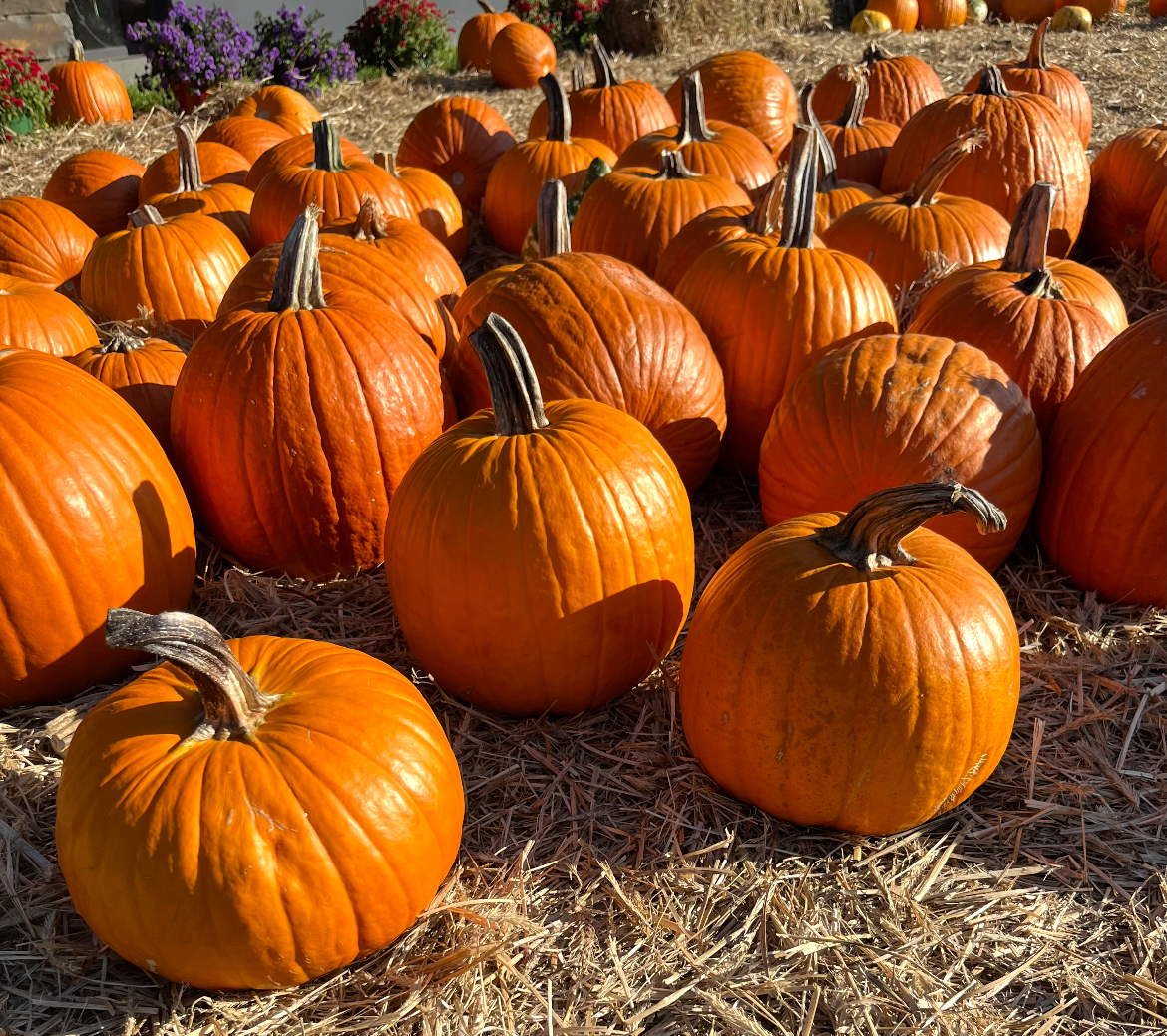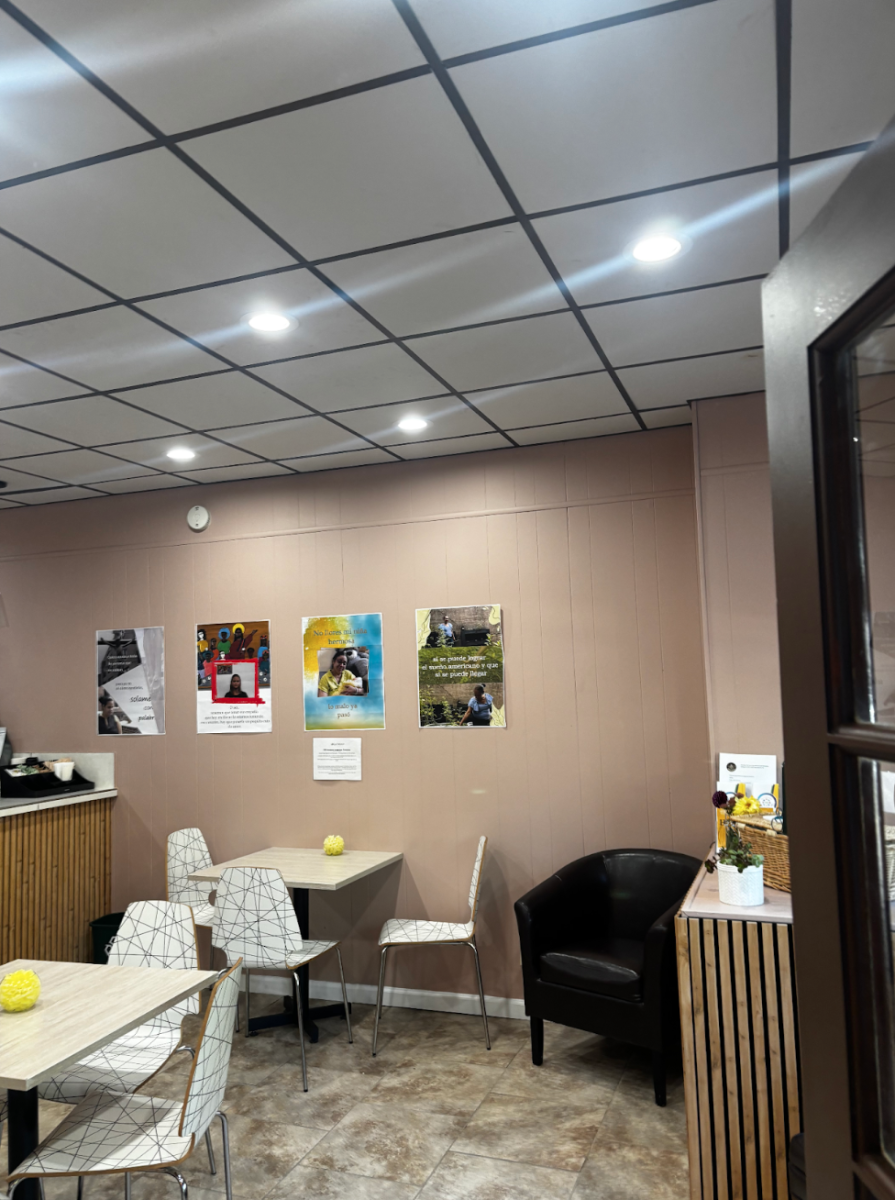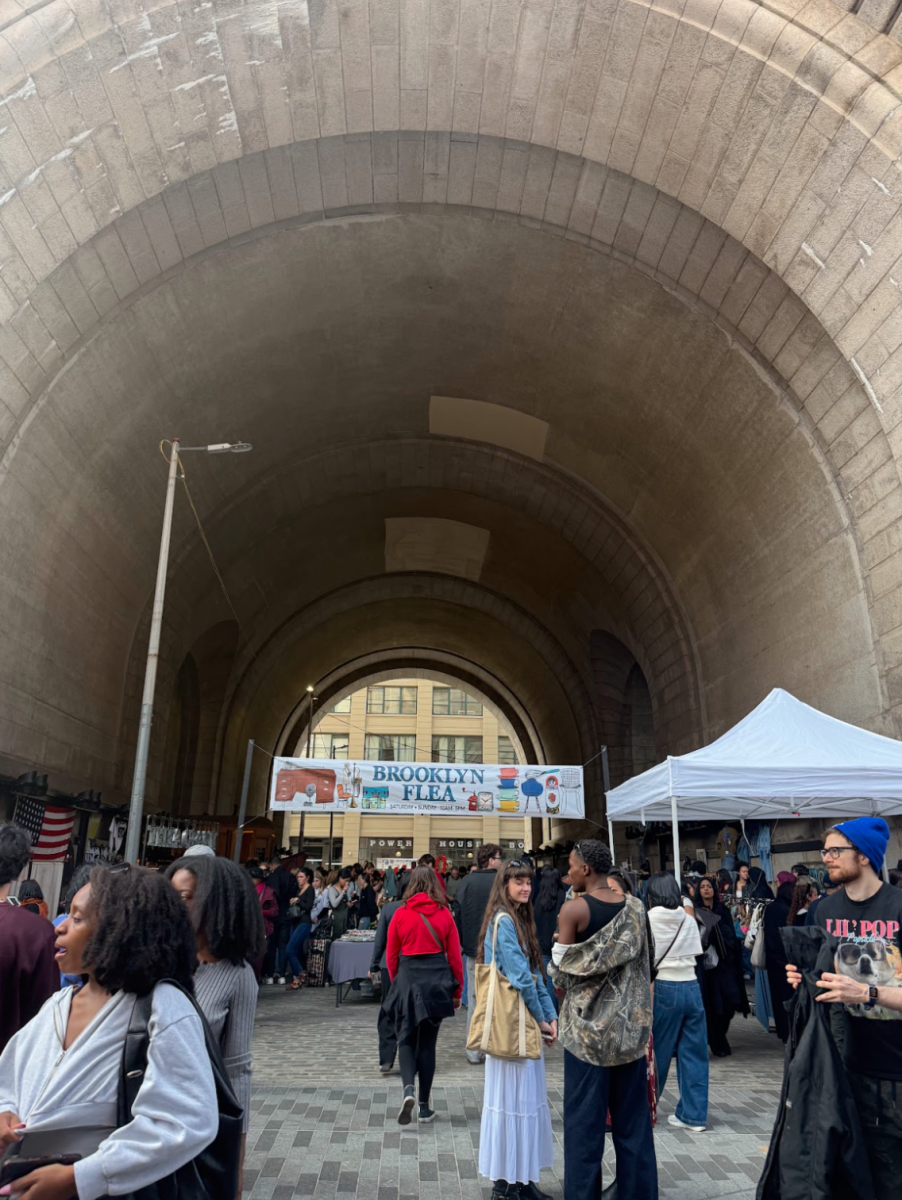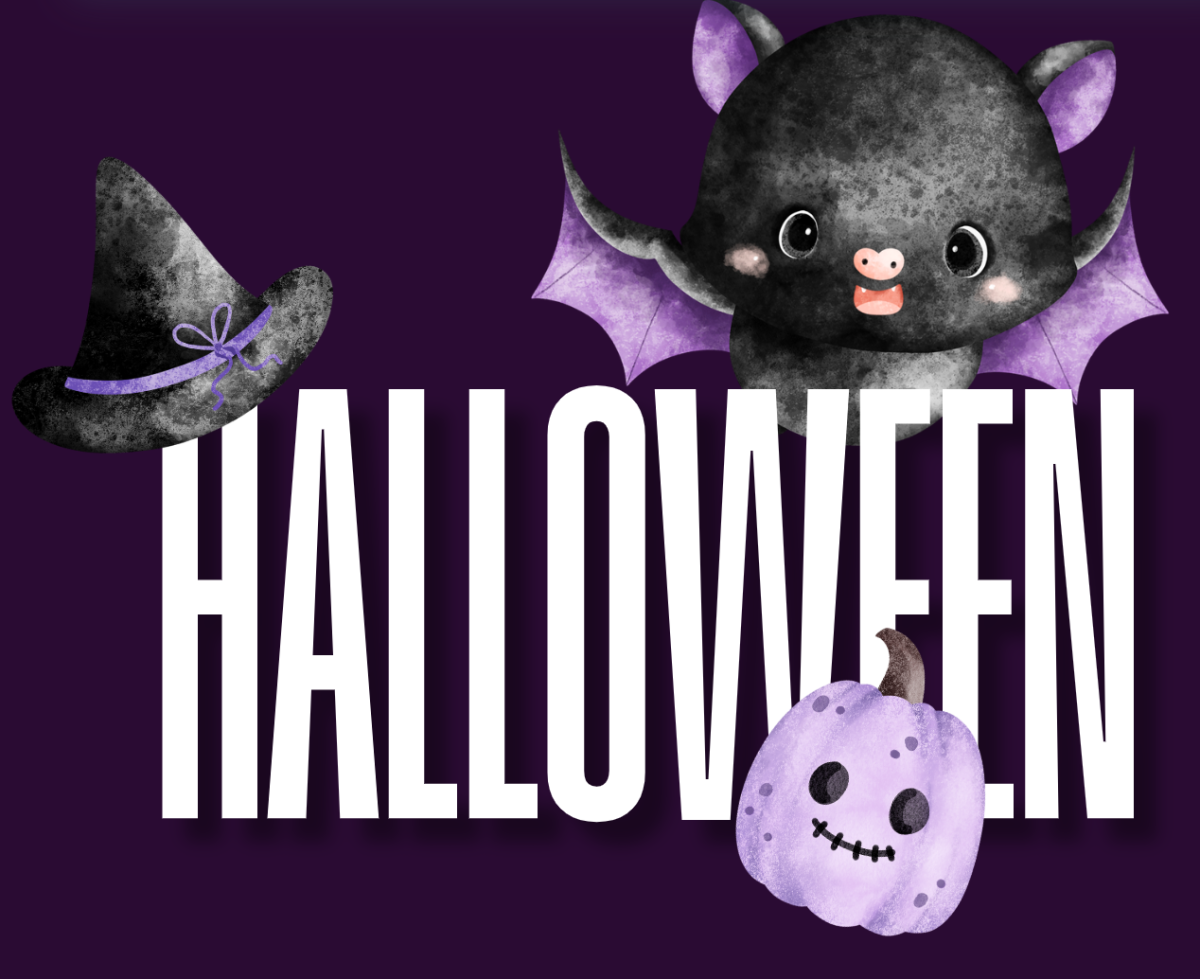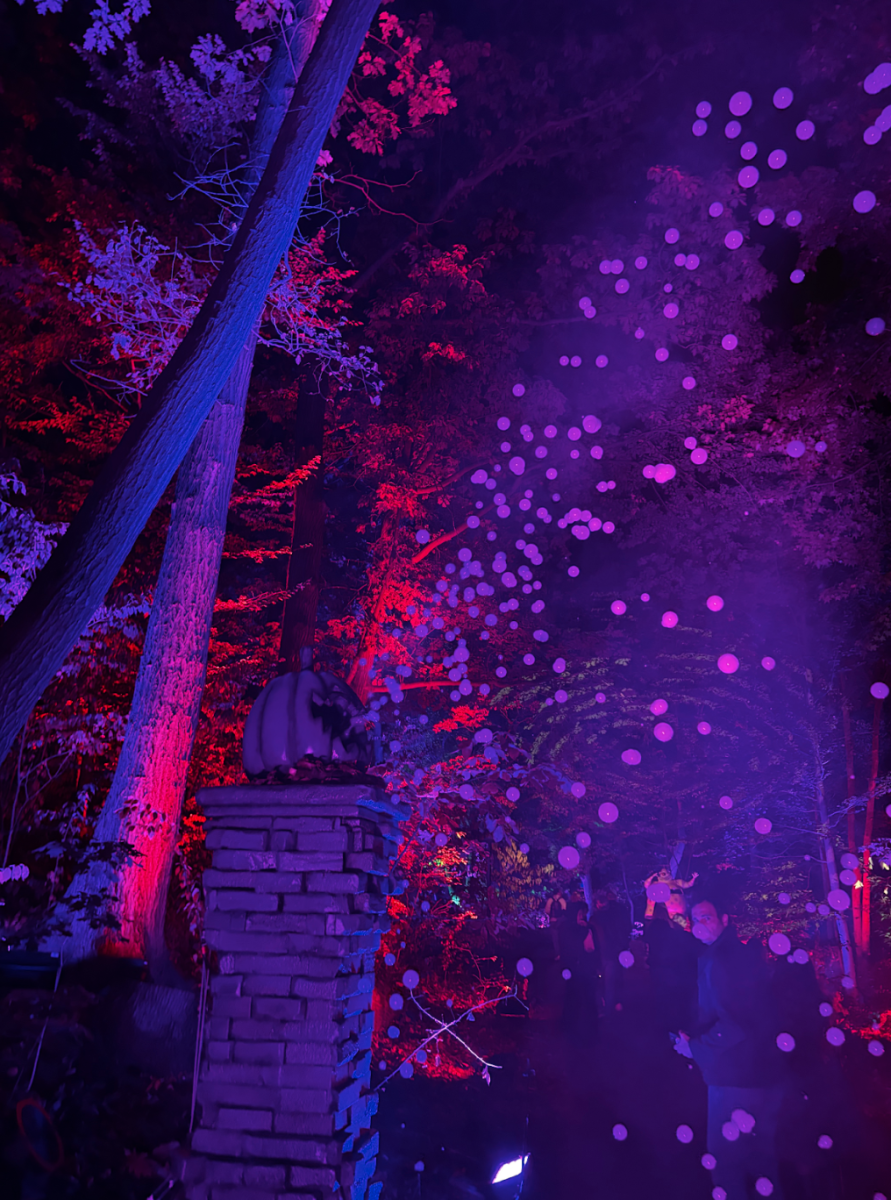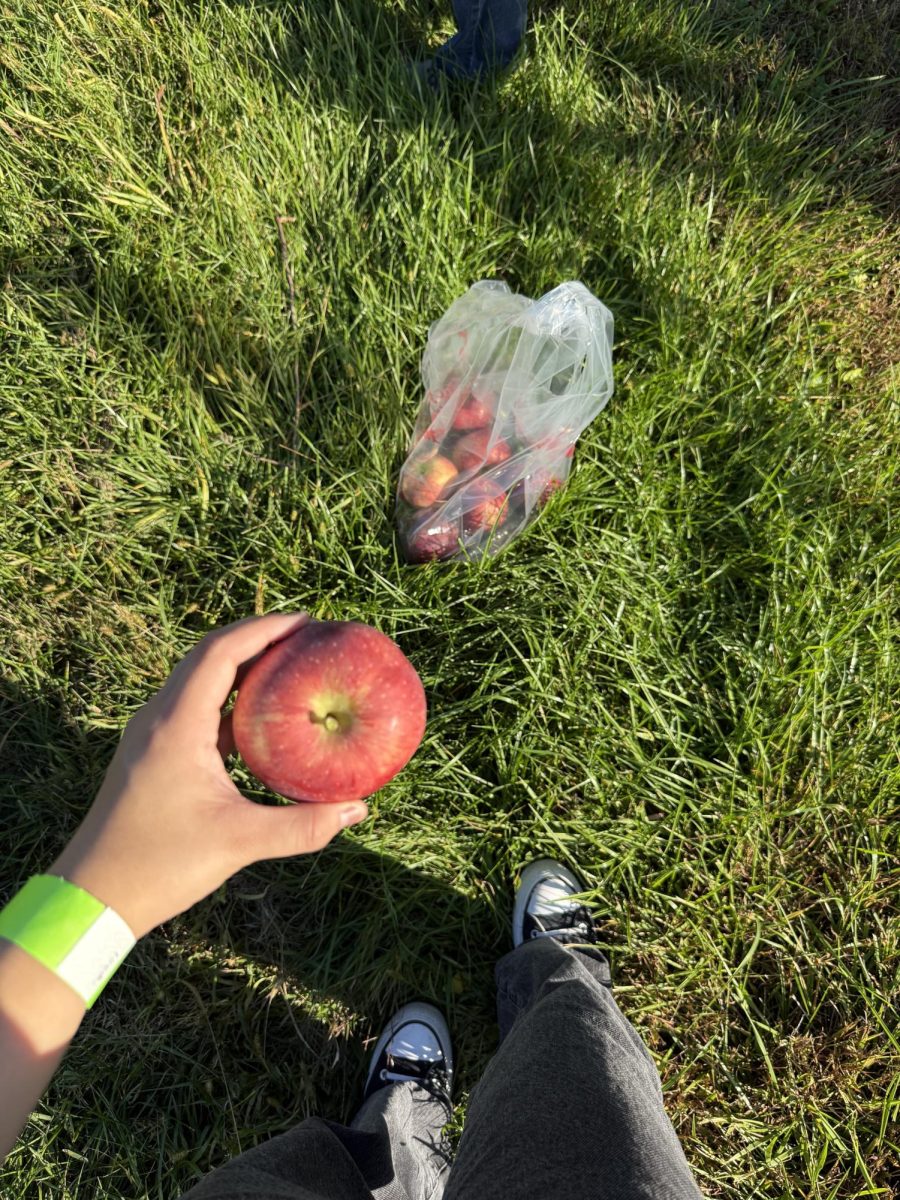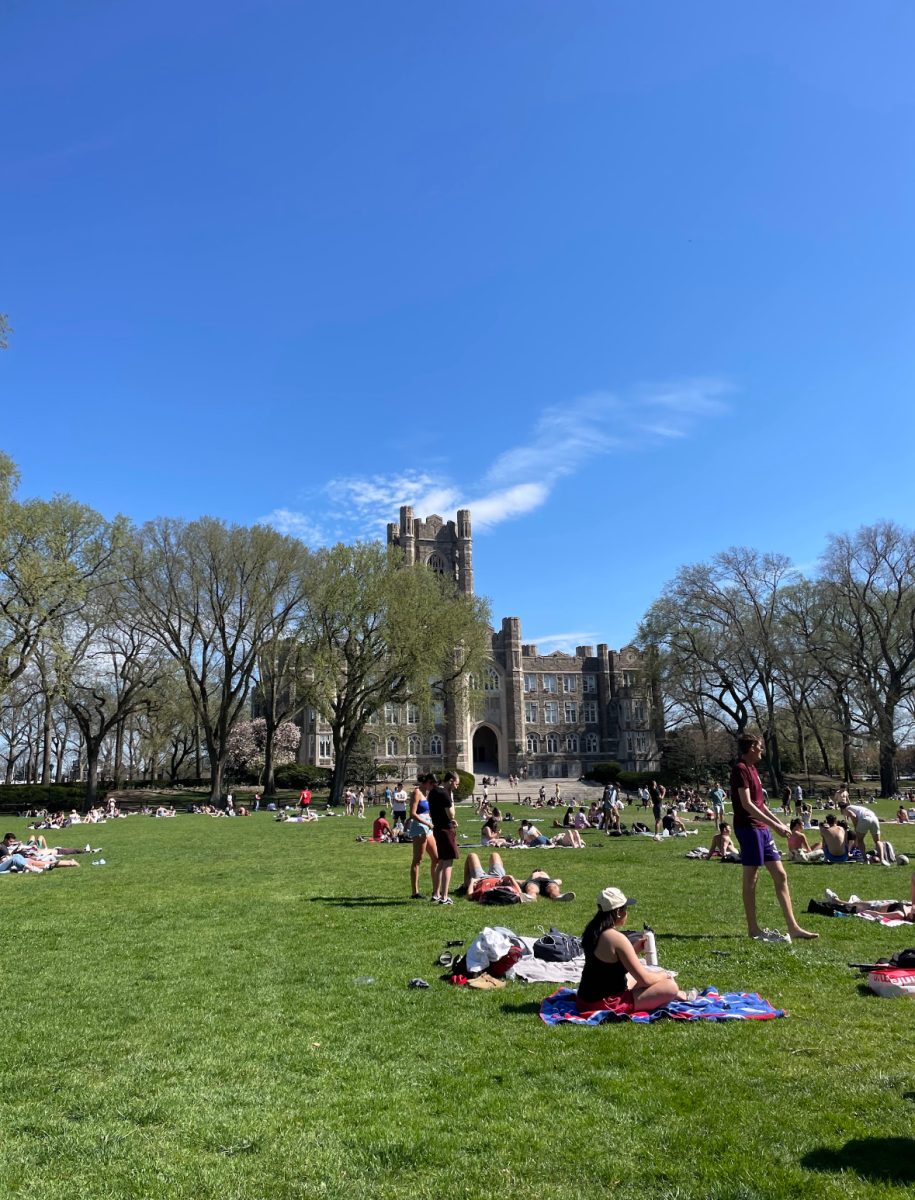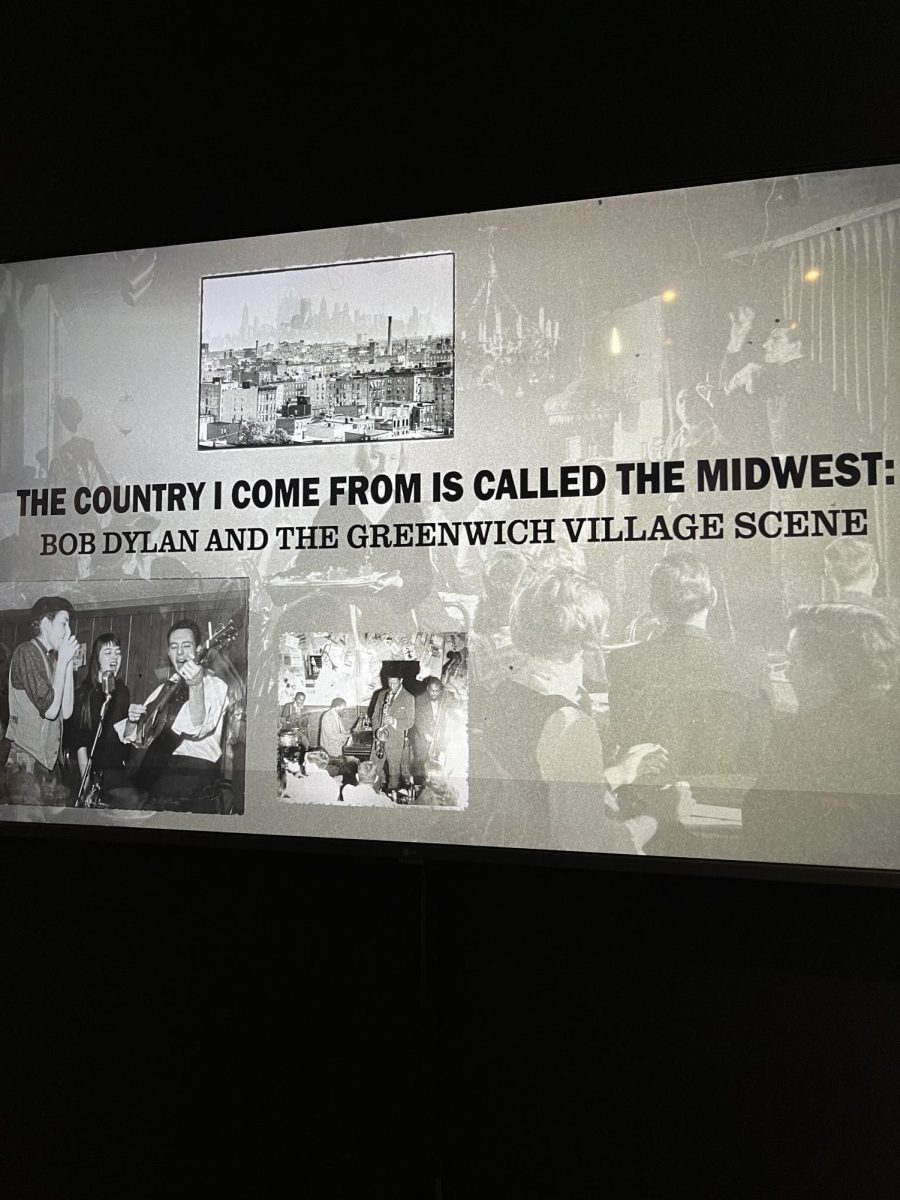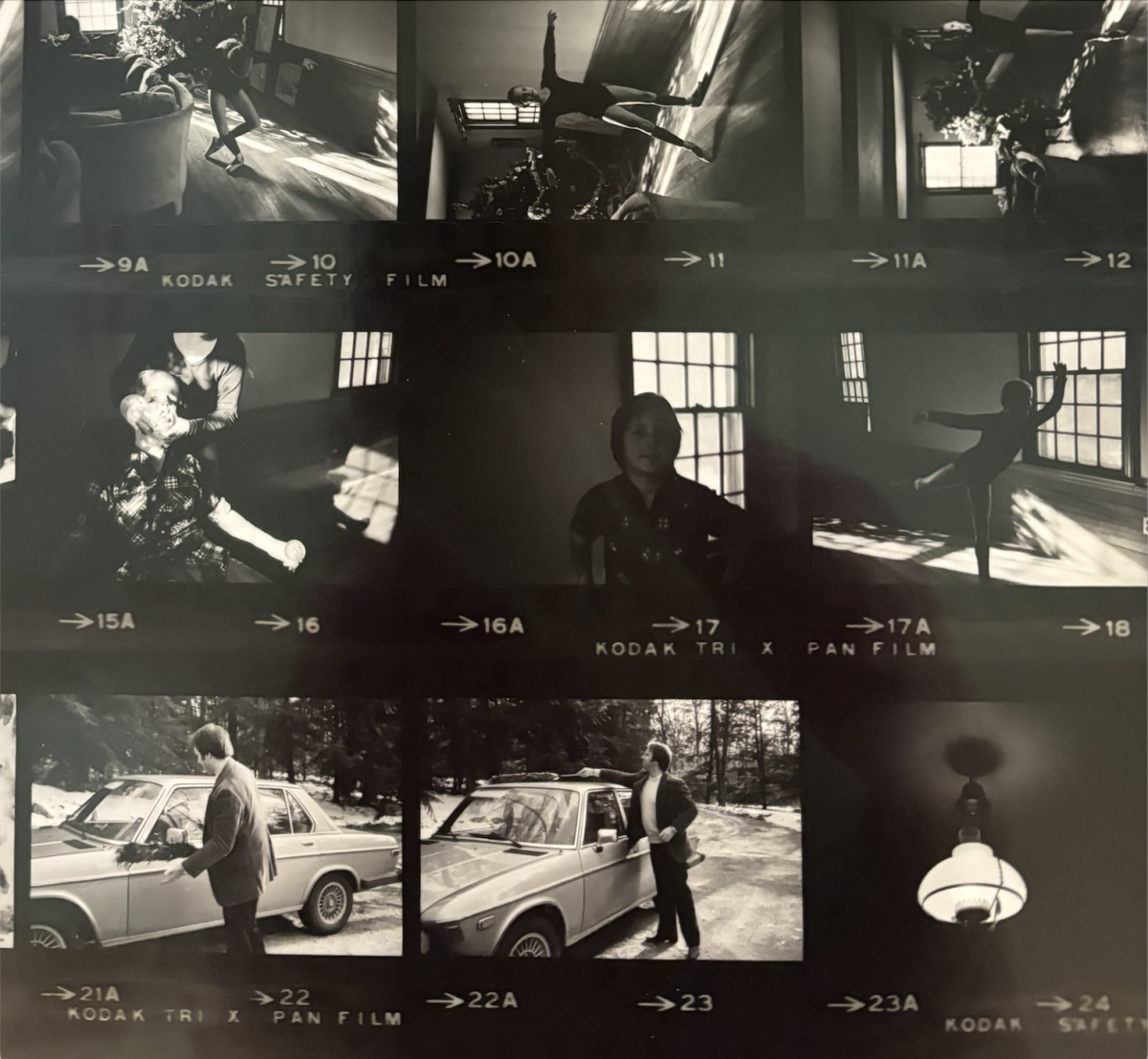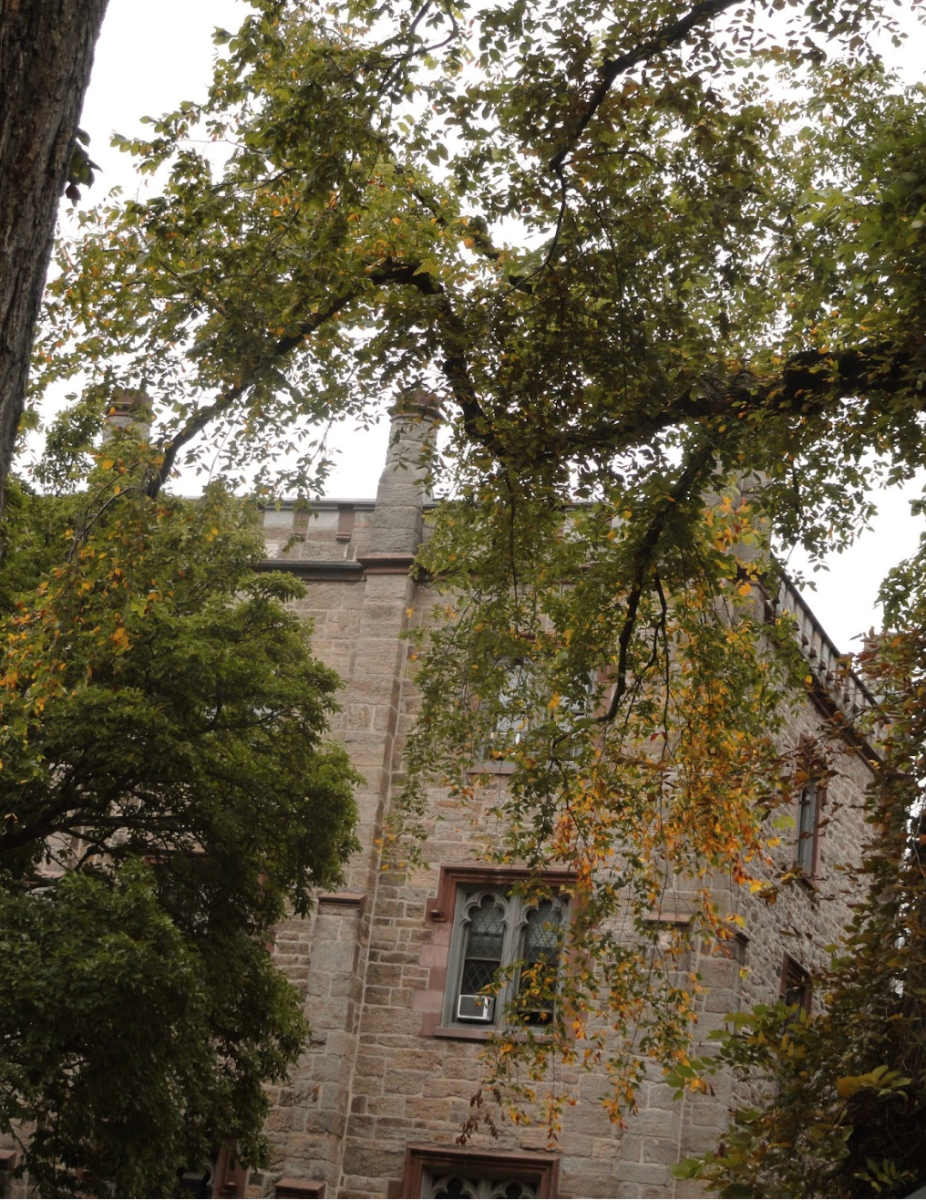Throughout the Western world, a malignant force patiently stalks the lowly dwellers of society. The spirits of All Hallows’ Eve restlessly squirm in their tombs, ready to be released once more and embark on their hellish crusade. Fortunately for these unholy spirits, acolytes of the occult have found a way to let these beasts run rampant earlier with each passing year. Harnessing the powers of the most potent sorcery, demons and ghouls can regain dominion over the world again as marketable plushies, sold at your local Target.
While fans of the occult, like myself, want to believe devotion to demonic spirits is the reason Halloween has been marketed earlier each year, truthfully this change is more motivated by consumer trends. The big bad capitalists running megachains like Target and Walmart push products so they can add to their money piles. To my surprise, this issue actually has some nuance in relation to how retail stores react to consumer culture.
From a marketing standpoint, two major changes have resulted in retailers putting out holiday merchandise earlier. First, consumers are buying holiday goods earlier. A study by the National Retail Federation (NFR) found that nearly half (45%) of those celebrating Halloween plan to start shopping before October. This trend in early purchasing is fuelled by a desire to be prepared for the festive season beforehand. The fall season is a hectic time for the people Halloween appeals to the most — kids and young adults — who are getting back into the swing of the school year. Nobody wants to feel left out, so by purchasing early, working parents and college students can enter the Halloween season without the stress of last-minute shopping. .
Social media platforms have also given rise to this feeling of missing out and needing to prepare in advance. With the ease of communication, people can easily share ideas for costumes and decorations. This gives the holiday a lot of exposure, creating excitement and, more importantly, purchasing incentives. For example, Facebook has an entire community dedicated to 12-foot skeletons. While this is a great way for Halloween enthusiasts to bond with others, it also can act as a stressor for purchasing. Often these message boards will post about stock shortages incentivising people to buy or be left out.
As a reaction to this shift in purchasing trends, stores are putting out Halloween products sooner. Selling holiday goods earlier also has the side benefit of boosting revenue in slower sales periods. Retail and online stores generally have the lowest sales of the year during the “Summer Slump”, a period between mid-July and late August. To try and combat this, retail stores push products from their most active season of purchasing to spread their sales out through more of the year. Companies want to spread out their timeframe for purchases to avoid low sales numbers and prevent stock buildup. Stores simply put their products out early to entice buyers into purchasing earlier.
A key reason why Halloween could be coming back even earlier this year circles back to an ever-looming specter of our lives: COVID-19. Kids and adults are more excited to return to form with Halloween, which is often reflected in their purchasing history. The NFR found that Halloween seasons post-pandemic were said to reach record-high sales. Analysis of the 2023 purchasing trends found record-high sales for costumes, decorations and candy, and predicted that 2024 will surpass these numbers. This spike in holiday purchases can easily be explained as a return to form from social distancing protocol. Halloween, more than any other holiday, was hurt due to COVID-19 social distancing protocols canceling many staple traditions like trick-or-treating, costume parties and trips to the pumpkin patch. But now that COVID-19 has returned to the grave for the most part, people are free to binge on as much candy or booze as their stomach or liver can take. This heightened enthusiasm for the holiday results in an increased demand for all things Halloween.
Perhaps the spirits and worshipers of the occult will have to adapt to this new, more accessible Halloween. However, this author has some hesitations aboutthe changing of the seasons. While social media has given people a compendium of creative ideas for costume designs, it has also simplified the preparations for the holiday. In the olden days, kids had to get creative. Inspired by the late Victor Frankenstein, we built our monsters from everyday clothes and objects. Now, our monsters are pre-assembled and conveniently delivered to us in two-to-three business days.
Kids aren’t going to have to get creative to make costumes or get the satisfaction of using their imagination and creativity. Life has been made easier for Halloween enjoyers, but some of the soul this holiday once held has been sacrificed.





































































































































































































